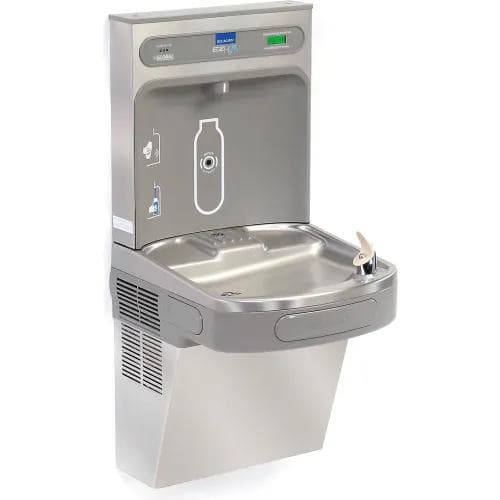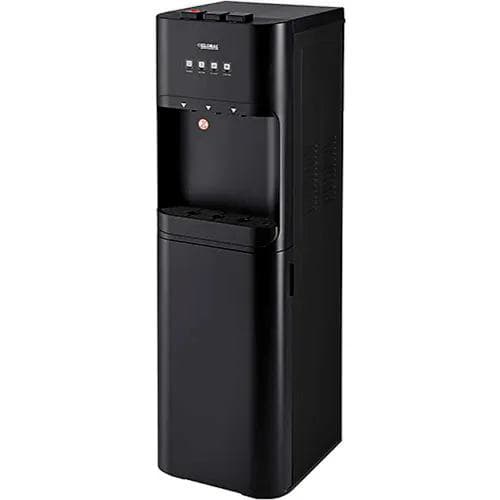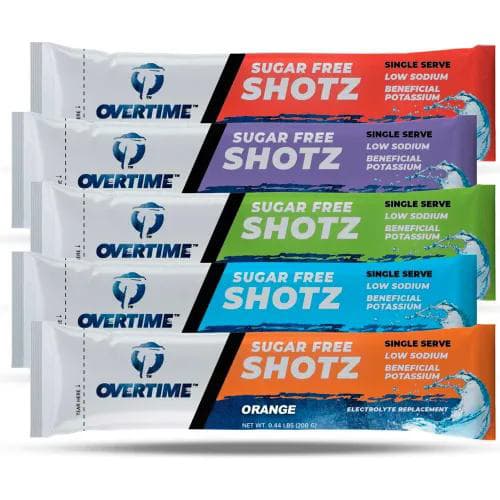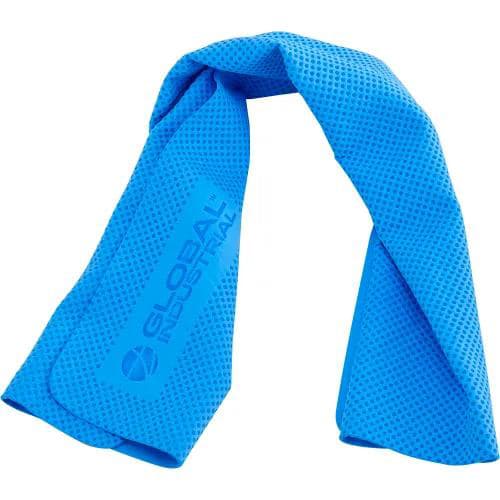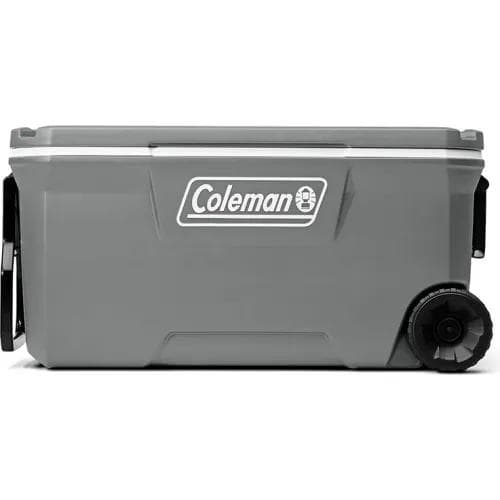Rising summer temperatures increase the risk of dehydration and heat-related illness for outdoor and industrial workers. This guide covers why hydration matters, the cost of heat illness, and how to protect your team with the right heat illness prevention policies and hydration equipment—from hydration stations to electrolyte-enhanced hydration solutions.
Top 5 Hydration Strategies for Outdoor Workers
- Hydration stations for outdoor workers should be easily accessible at every job site.
- Even mild dehydration reduces productivity and increases risk.
- Heat illness prevention starts with education, hydration, and shaded rest areas.
- Equipment like cooling towels, electrolytes, and industrial dehumidifiers help manage body heat and work environment.
- Hydration stations for events and outdoor job sites should include outdoor hydration tools like water coolers and hydration station water reserves.
Why Hydration Is Critical on the Job
During the day, a worker’s body produces heat. To stay cool, it sweats. But that sweating can lead to:
- Dehydration
- Loss of essential electrolytes
- Increased heart rate
- Elevated internal body temperature
Without enough fluids and minerals, the body can’t cool itself effectively—putting employees at risk of heat exhaustion or heat stroke. Heat stress prevention requires hydration solutions for outdoor workers.
What Are the Effects of Dehydration?
- Just 1% dehydration = 12% productivity loss
- 3–4% dehydration = up to 25% drop in performance
- Decreased mental focus and physical stamina
- Slower reaction times and impaired decision-making
- Higher risk of accidents, especially in industrial settings
The Impact of Heat Illness on Your Business
While the obvious health and safety concerns are most important, heat illness can have a secondary effect on your bottom line:
1. Reduced Performance and Efficiency
Dehydrated workers fatigue faster, take more breaks, and may struggle to complete tasks—leading to missed deadlines and delayed projects.
2. More Errors and Safety Hazards
Cognitive decline and physical sluggishness can cause:
- More on-the-job mistakes
- Safety rule violations
- Injuries due to slower reflexes or poor decision-making
3. Higher Financial Costs
- Medical expenses from heat exhaustion treatment
- Workers’ comp claims from heat-related injuries
- Lost workdays due to recovery time or hospitalization
- OSHA compliance penalties if employers violate heat standards
How to Keep Outdoor Workers Hydrated

1. Educate Your Team About Heat Illness Prevention
Training and daily reminders should include:
- Drink 1 cup (8 oz) of water every 15–20 minutes
- Do not exceed 1.5 quarts per hour
- Add electrolytes during periods of heavy sweating
- Recognize early symptoms of heat illness (dizziness, cramps, headache)
- Report signs of heat exhaustion or stroke immediately
2. Hydration Stations: Essential Equipment for Outdoor Workers
Making hydration easy is one of the most effective forms of heat illness prevention.
Recommended Hydration Equipment
- Water Bottle Filling Stations - Great for permanent indoor or outdoor job sites
- Water Hydration Stations - Ideal for mobile crews or event environments
- Outdoor Hydration Coolers - Keeps hydration station water cool and refreshing
- Single-Use Bottled Water - For backup or remote work zones
- Electrolyte Tablets or Drinks - Helps replace sodium, potassium, and other minerals
3. Establish Cooling and Recovery Zones
Breaks in hot weather aren't optional—they're critical for safety.
What to Include in a Cooling Zone
- Shaded tents or awnings
- Fans or misting units
- Cooling towels for neck, face, and arms
- Industrial dehumidifiers for enclosed spaces
- Access to hydration station water like water coolers or bottle fillers
4. Plan Ahead for Extreme Conditions
Prevent heat emergencies by managing workload and hydration proactively.
- Adjust shift schedules during peak heat hours (e.g., early morning starts)
- Rotate physically demanding tasks to minimize overexertion
- Set up a heat illness response plan, including heat exhaustion treatment protocols
- Monitor weather forecasts and alert teams of extreme heat days
Frequently Asked Questions (FAQs)
How do I set up hydration stations for outdoor workers?
Position hydration stations every 100–200 feet or in high-traffic areas. Use portable water coolers, hydration station water tanks, or bottle-filling units in shaded or climate-controlled zones.
What’s the difference between water and electrolyte drinks?
- Water is perfect for low-exertion or short-duration tasks.
- Electrolyte drinks are recommended when sweating heavily or working for extended periods in high heat to replace minerals like sodium, potassium, and magnesium.
What are the early warning signs of heat illness?
Watch for:
- Excessive sweating
- Headaches or muscle cramps
- Nausea or dizziness
- Weakness or irritability
These symptoms may indicate heat exhaustion, which can escalate quickly to heat stroke if not treated. Always take complaints seriously.
Can office workers or indoor crews get dehydrated too?
Yes—especially in hot warehouse settings, or where ventilation is poor. Consider using industrial dehumidifiers and hydration stations even in indoor facilities to maintain safe conditions.
Best Practices for Employers
Daily Essentials
- Begin each shift with a hydration reminder
- Provide easy access to hydration stations and cooling areas
- Rotate workers and allow frequent breaks
Safety Monitoring
- Check in with new or at-risk employees frequently
- Assign a trained team lead to oversee heat safety compliance
- Keep emergency heat exhaustion treatment kits on hand
Shop Hydration & Heat Illness Prevention Products
Make safety second nature with essential gear from Global Industrial:
Hydration isn’t a luxury—it’s a jobsite necessity. Without proper hydration solutions, outdoor workers face avoidable risks that compromise safety, productivity, and compliance.
With simple steps—like hydration stations, electrolyte supplements, and access to shade—you can reduce workplace heat illness, protect your team, and maintain steady performance through the hottest months of the year. Global Industrial offers the hydration and cooling solutions you need to keep teams safe and productive this summer.
Keep your crew cool. Keep them hydrated. Keep them safe.
The information contained in this article is for informational, educational, and promotional purposes only and is based on information available as of the initial date of publication. It is the reader’s responsibility to ensure compliance with all applicable laws, rules, codes, and regulations. If there is any question or doubt in regard to any element contained in this article, please consult a licensed professional. Under no circumstances will Global Industrial® be liable for any loss or damage caused by your reliance on this article.
